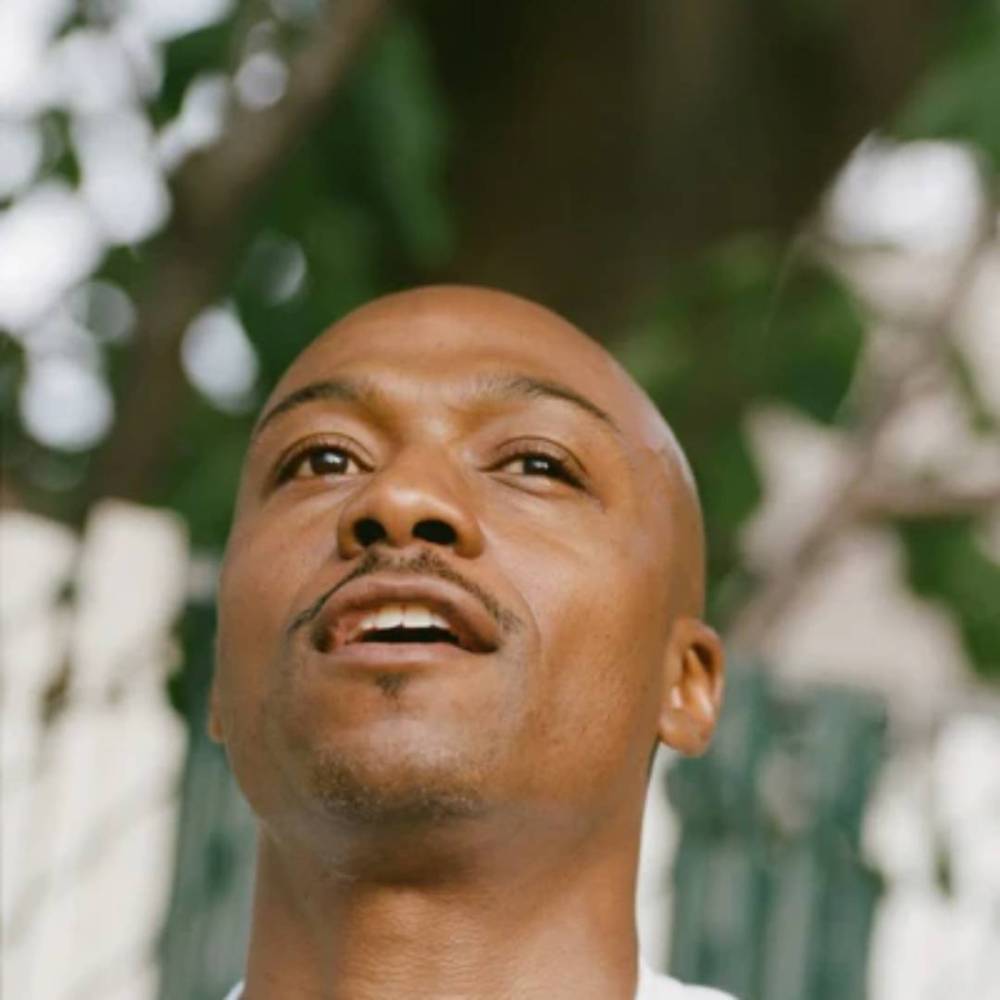Imaga via Ka/Website
Thomas Hobbs inquisitively hits the books, every now and then.
Ka made music for people who mourn at night. He seemed acutely aware that the period between 11 p.m. and 3 a.m. is the time when the voices of the dead reverberate at their loudest. The late Brownsville-raised emcee’s world-weary, enlightened prophecies made you better equipped to face grief.
“Wish for a new life when I blew out them candles / Was in them cruel nights, knew I was about to scramble.”
The ex-firefighter’s hoarse but bafflingly smooth pronunciations made it seem like he’d already lived five lives. His voice sounded like his cereal bowl was filled with gravel, full of raw wisdom that inspired people to dismantle their demons. To quote “Golden Fleece,” the artist sought out “cures for the afflicted” and “love for the lonely.”
Being in such close proximity to death will make you feel life’s struggles more deeply. Ka understood that this was something worth embracing – the awareness that sometimes hitting rock bottom is the only way to see the fullness of the path ahead. Even though I have so many Ka’ verses committed to memory, I’ve never really been able to rap them out loud. It feels wrong somehow, disrespectful even, like his bars were designed to be absorbed during a moment of stillness rather than loudly echoed.
In the days since the cult rapper’s untimely death at only 52, there’s been a lot written about how he was more like a sage carving fables onto stone tablets than an emcee clutching a pen and pad. Someone who could mean mug the grim reaper and walk away unshaken. However, I think the real genius of Ka’s music is found in how he completely obliterated the idea that the advice of our elders was something to roll your eyes at.
Few Ka songs captured this ability better than “Every Now and Then,” a highlight from the 2020’s Descendants of Cain. It’s a mental GPS to help navigate past life’s most treacherous and forking roads. Backed by a wandering and wounded violin and distant whistles from fuzzy radio transmissions, Ka uses this drumless beat to share a lifetime’s worth of lessons.
Rapping with a careful and tender consideration, he spits “years of school was cool, but only street smarts we retain.” This speaks to how the American education system has been historically engineered more towards a middle-class white perspective than those from the inner cities, where students often acquire useful ideas about economics and human nature from the concrete hustle.
“No rush for structure, we was freewheeling / Need money to shuffle, that’s why we in the street dealing,” Ka continues. As someone raised by a struggling single mother, this line touched my soul in how it dissected why those lacking family wealth aren’t given a solid financial framework, and are naturally slanted towards the shadow side of the economy.
No matter what dirt the Western world slings at its most desperate, no matter what visual horrors a drug dealer may be subjected to, Ka wrote about the need to stand tall and always speak with prideful bass in your voice. It’s the words of a working class hero: “The people I love, blood is in the soil that I walk / On them curbs, served the servant, but it’s royal when I talk.”
Many of these lines might sound preachy or condescending coming out of another rapper’s mouth, but on “Every Now And Then” Ka raps with so much sympathy and clarity that he becomes ageless. He doesn’t judge the ignorant but rather offers them an olive branch to latch onto – even recognizing his younger self in their splintered reflections. “I played the fool” once too, he admits. I also believe this song contains Ka’s mission statement as an artist and a line that speaks to how his songs are seasonal perennials designed to help your mental scope grow. “My comments ain’t for quick alignment, it’s for full adjustment.”
At the start of this career highlight, Ka uses an obscure vocal sample from the 1953 film, The Robe, which depicts the Roman military unit that used its brunt power to crucify Jesus. The words: “When age speaks, youth listens, sometimes,” seem to signify how when you’re living out a hopeless and reckless lifestyle at 100 mph, it’s difficult to slow down and fully take in the advice of a more experienced mentor – especially one who has already made it over to the other side. However, the greatest thing you can say about Ka, who only really found wider recognition in his 40s, is whenever he spoke as an elder statesman, the youth listened with undivided attention.
Grief Pedigree was my introduction to Ka’s music. It was around 2012, a time in my early 20s when I was lost emotionally and absolutely despised all male authority figures. But I never once felt like I was listening to an “older head.” Ka was the generational breakthrough who proved that ageism no longer fit in hip-hop culture; definitive proof that a rapper can have gray hairs in their beard and still share life lessons that positively impact us all. We don’t judge Nietzsche or Kant for how old they were when they wrote their magnum opuses; they were simply ageless prophets. Ka is of the same ilk.
At the end of “Every Now And Then” you can hear shrieking wind, which has taken on a new meaning in the light of Ka’s death; it now represents how his wise words have transformed into the metaphysical. On this song, he completely transcended the date inside his passport. Proof that when you share exactly what’s inside your heart, you become less defined by a number and evolve into a guiding light for the people, no matter their generation. When Ka spoke, we all listened.


